
New Mira Loma High School Cafeteria
The current Mira Loma High School cafeteria is small and outdated; the current kitchen and utensils have been used for about forty years. The cafeteria is not being used efficiently - there should be assemblies, talent shows, and even presentations in the cafeteria. Elite Designs hopes to fix these problems while incorporating sustainable, durable, and green products, and giving the cafeteria a more spacious feeling.
mlhselitedesigns's work for the Collect Information step:
Mira Loma High School's cafeteria is in need of a makeover. There are about 300 students who use the cafeteria during break, and about 450-500 students during lunch. With Mira Loma's limited space of 100' x 70', there is not enough indoor seating for students during the extremely hot weather or the rainy seasons.
Because the indoor cafeteria tables are long and skinny, which does not encourage student interaction and does not aid in socialization, the kitchen staff at the school suggest the use of more round tables. There is only one restroom for each gender in the cafeteria, which is an insufficient amount, especially when there are only two stalls in the girls' restroom.
There are a multitude of issues with Mira Loma's cafeteria and there is much work to be done.
The students say that they would like to see more creativity in the cafeteria and also more space. They also want the place to feel like a place they can "hang out" with their friends. Many girls suggest that there should be more stalls in the cafeteria since it is remote from other bathrooms around the school.
mlhselitedesigns's work for the Brainstorm Ideas step:
Elite Designs is filled with copious ideas and inspirations from images of other successful architecture, as well as ideas from personal experiences.
Our Director of Interior Design will incorporate reusable items and materials in the school cafeteria, including:
• Recycled glass countertops
• Kitchen paper stone and rain stone
• WM Solar Powered Compacts
For students to socialize and further interact with one another, there will be a variety of table sizes and shapes, including rectangular, square, and circular, as suggested by the Mira Loma kitchen staff; the tables will not be long and thin like the current cafeteria tables. The seats will be cushioned for comfortability, and not connected as one extended bench that is immovable. There will be additional student art work placed throughout the cafeteria. The cramped kitchen will be much more spacious for the staff members to prepare and serve food.
The Director of Landscaping will use drought proof plants and eliminate as much grass as possible. There will be beautiful rocks added to the landscaping and an irrigation system that will be solar powered. The Director of Landscaping will also use recycled materials, such as recycled tires for the mulch by RubberRecycle. We will use plants such as:
• Euonymus Compactus
• Cortaderia Pumila
• Nepeta Walker's Low
Because there will be community garden added into the school's design, the Director of Communications will speak to the community and make sure that they will be willing to participate with the maintenance of the garden. The Director of Landscaping will also inform the community about the upcoming construction. The Director of Communications will also:
• Plan community events in the cafeteria
• Make sure extra veggies from the garden go the elderly or the hungry
Our Director of Building Design will make the building circular so the cafeteria will not look like every other rectangular/square cafeteria. The building will be enclosed by laminated glass curtain walls for insulation. The cafeteria will have two levels - an indoor first floor and an outdoor second floor, giving students choices of indoor and outdoor seating.
Our Director of Sustainability & Energy Efficiency will use:
• Laminated glass curtain walls
• Solar cells
The laminated glass curtain walls will be a safer material for students because if the glass breaks, it will not separate and fall into a million pieces. Solar cells are eco friendly products that will conserve energy from the sunlight.
mlhselitedesigns's work for the Develop Solutions step:
Elite Designs has developed solutions to the many problems of Mira Loma's cafeteria. We have researched eco-friendly materials to use in our design. The materials will be sustainable and will hopefully be the solution to many of the cafeteria's problems.
mlhselitedesigns's work for the Final Design step:
Elite Designs has created a brand new, high-class cafeteria for Mira Loma that will hopefully be the solution to the current cafeteria problems. With a bigger size and newer shape, the cafeteria will provide more room for student seating and a bigger kitchen, and attract much more of the students' attentions.

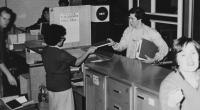


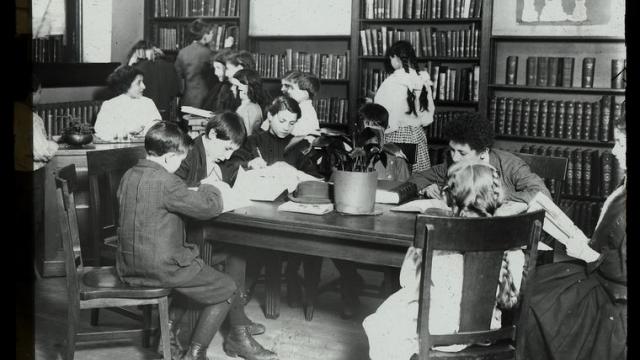
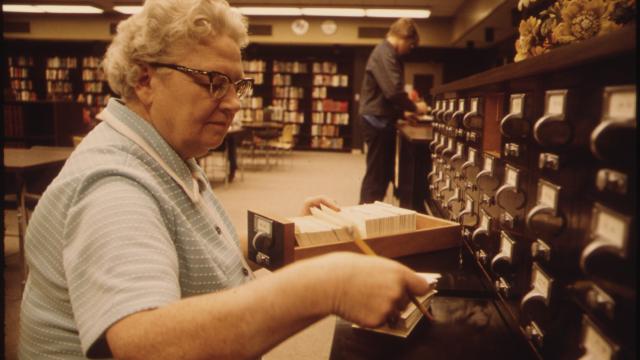
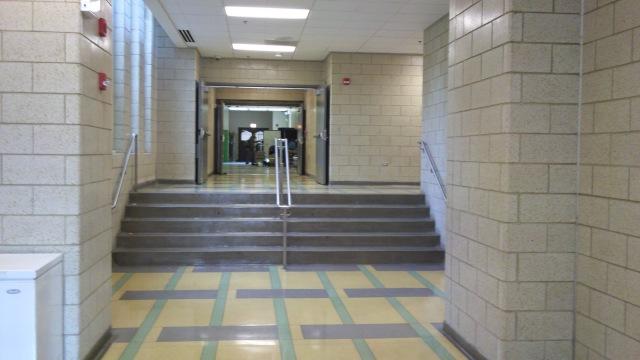


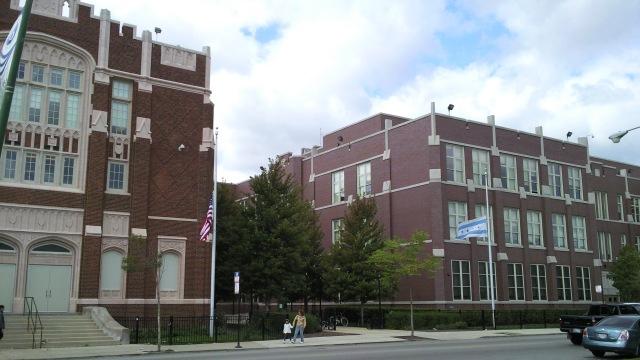

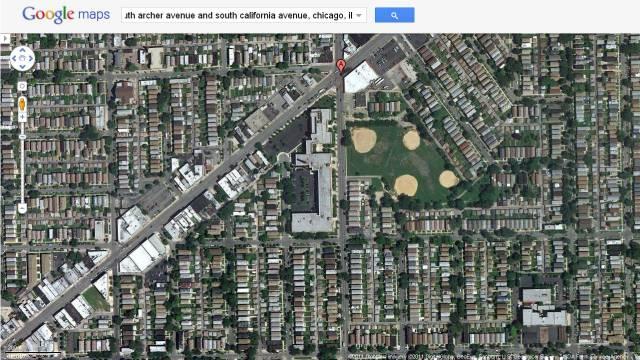









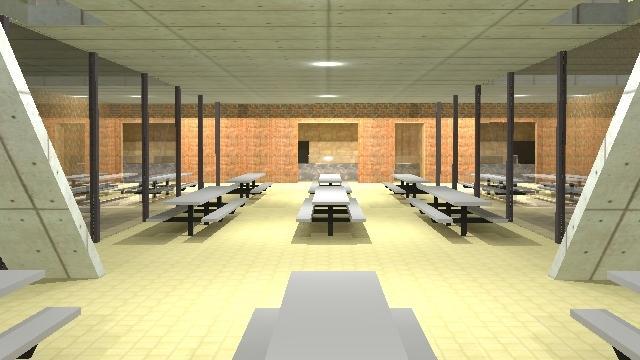

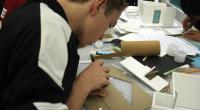

Comments
You have set up some really nice parameters to start designing a much more pleasant and flexible and usable dining and community space for your school. I can't wait to see where this process takes you!
A couple of quick notes on this overview/analysis:
-putting together a solid list of new program ideas / goals would be great - here you mention presentations, performances, assemblies, art display, interaction/relaxation space - it will help drive your design.
-start to understand what causes all of the lines in the cafeteria - it may not be as simple as just 'secluding' the lines.
-i'm excited about the idea of a more sustainable and green cafeteria - the sooner you can start to clarify these strategies the better - its easy to just say those broad terms, but i'll be really interested in seeing how you plan to achieve them
-maybe the student garden could just serve the students at lunch instead of being sold??? promoting good health in your school and it would just be cool to grow your lunch!
Ok Elite- Where are your plans and your overview? lets see that creativity take form.
Thank you for the constructive comments! We'll be sure to keep them in mind.
It seems like some of the more detailed collect info is included in the overview. I think you also have interesting ideas and are developing a projec that will respond to what your "client" wants/needs. Now it time to move to the next step.